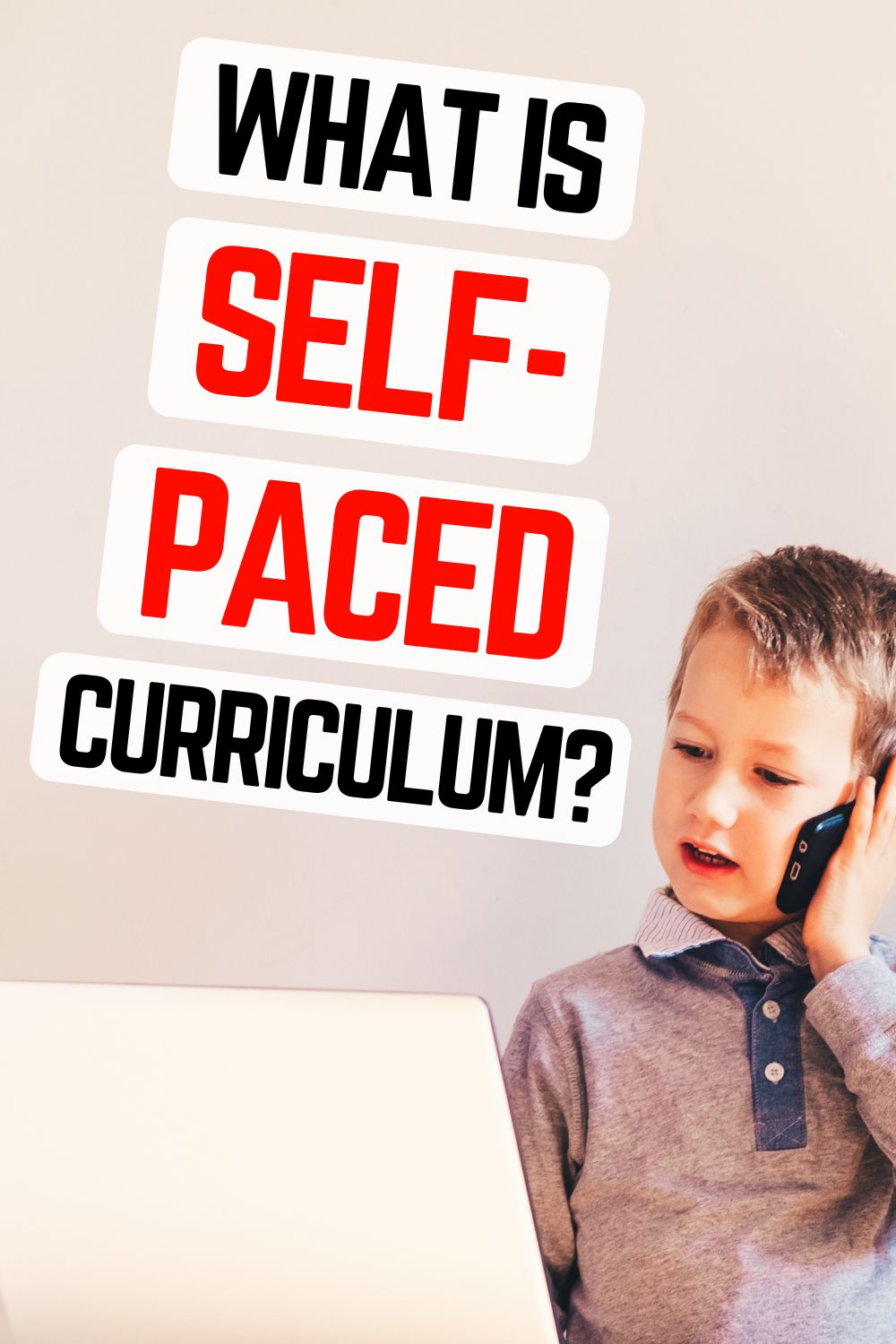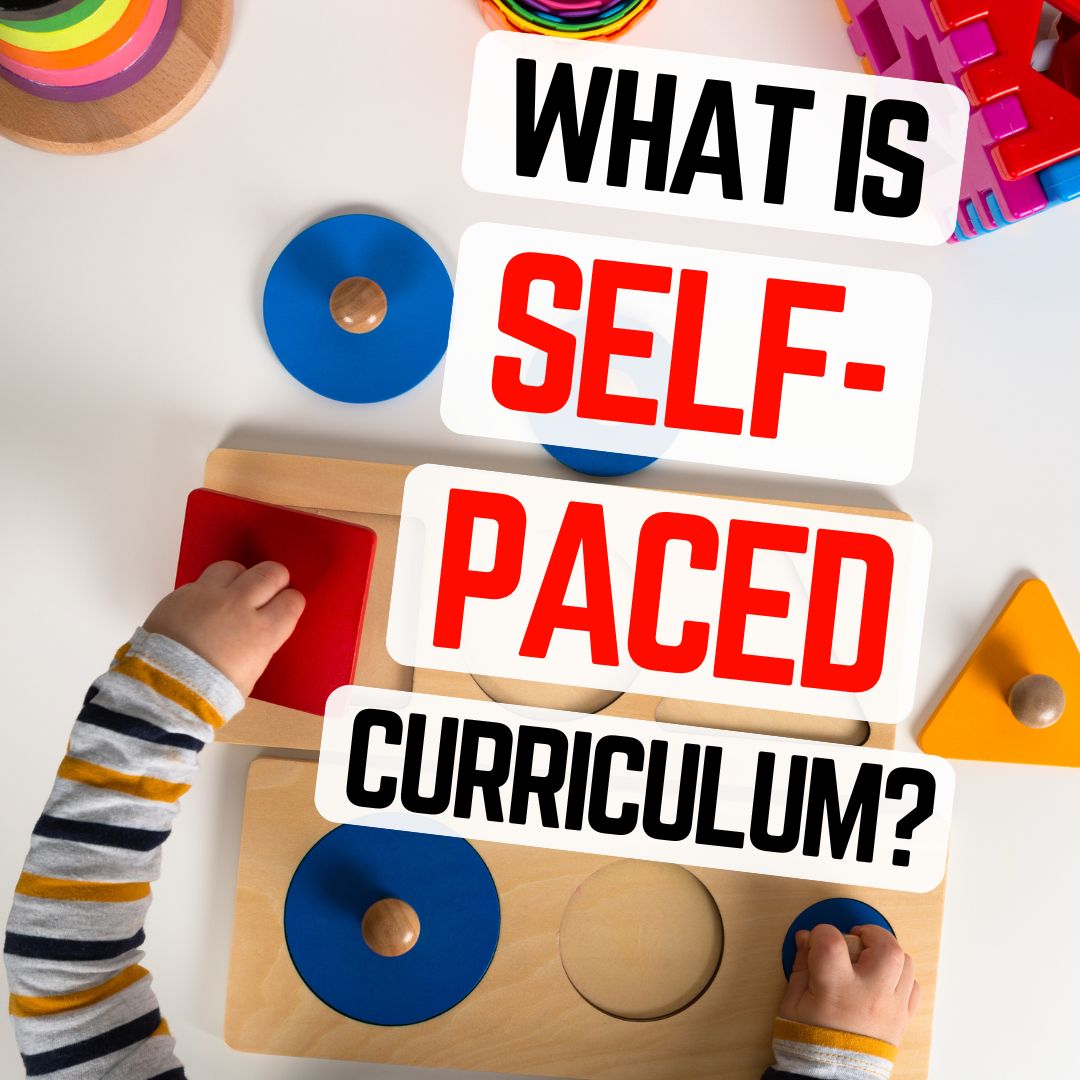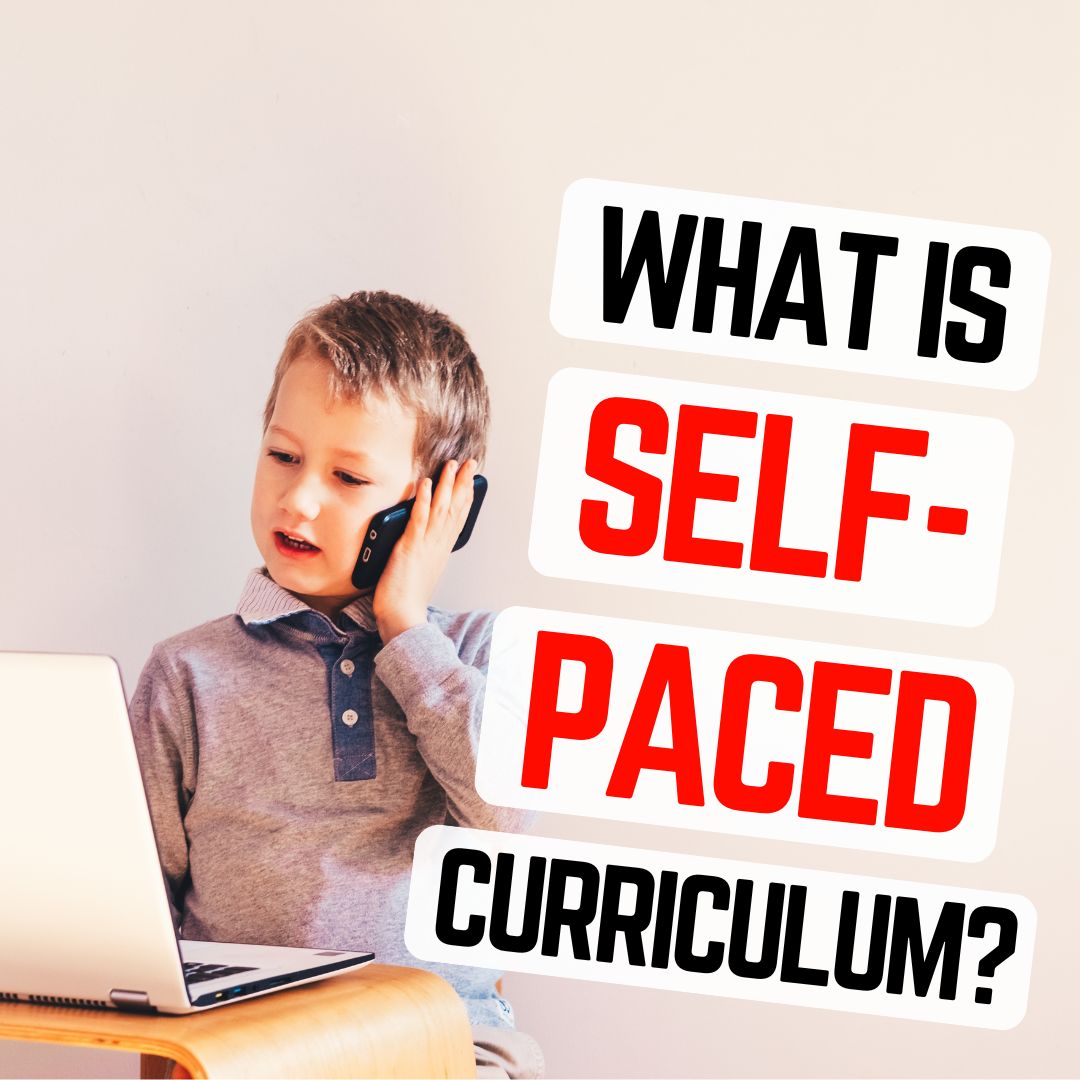Self-paced learning has become a popular option for students of all ages. It provides learners with the flexibility to choose when, where, and how they want to learn. But what exactly is a self-paced curriculum? In this article, we will explore the definition of a self-paced curriculum and how it differs from traditional instruction methods. We’ll also discuss the advantages and disadvantages of self-paced learning, as well as the types of students who benefit most from this approach.
Let’s jump in and take a look!
Affiliate links are used in this article.
Definition of a Self-Paced Curriculum
A self-paced curriculum is a program that allows learners to take control of their learning experience.
It provides students with the opportunity to progress through course material at a pace that suits them, allowing for complete mastery of the material and a greater level of understanding before moving on to another topic or a more complicated topic.
Self-paced curricula are often used in online learning environments and can be beneficial for those who want more flexibility when it comes to their academic pursuits.
Self-paced curriculums involve learners working independently on course materials, generally accessing the content from digital sources such as video lectures or eBooks.
This means that students can move through the material at their own speed, stopping to review anything they may have missed or need clarification on before moving on.
The curriculum also allows for frequent assessment opportunities which allow each student to determine how well they have grasped the subject matter before progressing further.
How a Self-Paced Curriculum Differs from Traditional Curriculum
A self-paced curriculum allows students to work at their own speed, while a traditional curriculum requires students to keep up with the pace of an instructor.
Self-paced curriculum programs are becoming increasingly popular due to their flexibility and freedom that allows learners to personalize their education.
Self-paced courses are designed for individualized learning, allowing learners to move through the material at their own pace and comprehension level.
In contrast, traditional curriculums require students to keep up with the teacher’s instruction and directives.
Self-pacing enables learners to focus on particular topics they find difficult or challenging without feeling pressured by time restrictions or instructor deadlines in a class setting.
Self-directed learning also encourages independent problem-solving skills as well as critical thinking abilities that can be beneficial in other areas of life beyond school.
Advantages of Using a Self-Paced Curriculum
The first advantage of using a self-paced curriculum is that it allows students to work at their own pace without pressure from instructors or peers. This means learners requiring more time on specific topics can take it without feeling rushed or behind.
Conversely, those who need less time on specific topics can move ahead quickly and efficiently.
Secondly, this type of curriculum encourages independent learning as students get practice managing their own progress throughout the course material.
Thirdly, students can go down rabbit holes and deeply research topics that interest them, meaning they have a heightened level of curiosity, leading to greater learning.
Lastly, this type of curriculum is very advantageous if your child has a lifestyle that doesn’t allow for regular school days.
For example, if your child has a disability, they may not be able to work on their curriculum daily. Also, if a child is training to become an elite athlete, a self-paced curriculum is a great idea.
Disadvantages of Using a Self-Paced Curriculum
A self-paced curriculum has a lot of advantages. However, it may also have its fair share of disadvantages. These disadvantages must be taken into consideration before making a decision about whether to use this type of program.
One disadvantage of self-paced curricula is the lack of collaboration opportunities between peers.
Since each student works individually, there are few chances for students to interact and build relationships with other homeschoolers.
Furthermore, without a teacher providing guidance and feedback, it may be difficult for students to determine if they are on track or need additional help.
Lastly, if not correctly monitored, self-paced curriculums may lead to decreased motivation levels due to the lack of structure and accountability.
As someone who has homeschooled myself, I believe the advantages of a self-paced homeschool curriculum outweigh the disadvantages. Having used both programs, I feel the concerns over collaborating and lack of chances to build relationships can be supplemented in other areas of homeschooling life.
For example, you can form great relationships if you (as a homeschool student) participate in a homeschool co-op or a homeschool group.
Types of Students Who Benefit Most from a Self-Paced
Self-paced learning can benefit many different types of learners, but a program like this is particularly suitable to the following:
- students who are independent and self-motivated,
- those who can’t study every day and need a more flexible timetable,
- those who have difficulty in traditional classrooms, and
- those with unique learning styles may find that they get the most out of a self-paced curriculum.
Independent and self-motivated students will often thrive in a self-paced environment because they don’t need guidance or direction to stay on track with their studies. They understand what needs to be done and can work through it without external influence or motivation from teachers or classmates.
 Is Mastery-Based Learning Self-Paced Learning?
Is Mastery-Based Learning Self-Paced Learning?
You may have heard of Spiral-Based Learning vs Mastery-Based Learning. And after reading the definition of both, you may have wondered if Mastery-Based Learning is the same as self-paced learning.
If you thought that, it’s understandable because there’s considerable overlap.
That is because Mastery-based learning allows students to demonstrate a complete understanding of a topic material through self-pacing. So, self-paced learning makes mastery-based learning possible.
Self-Paced Homeschool Curriculum Options
Below are some great self-paced homeschool curriculum options for your family.
- Compass Classroom
- ACE Paces
- Schoolhouse Teachers
- Lifepac
- Beast Academy (Advanced Math Program)
- Masterbooks
Check out more self-paced homeschool curriculum options here.
Conclusion
Self-paced learning is an innovative approach to teaching and learning that has the potential to revolutionize education. It offers students of all ages and backgrounds the chance to learn at their own speed, in their own way. Self-paced courses are becoming increasingly popular as they provide a flexible and effective way to acquire knowledge. By allowing students to complete coursework according to their own needs, self-paced curricula empower learners with the skills they need to succeed in today’s world.
The post What is a Self-Paced Curriculum in Education? appeared first on How Do I Homeschool?.


